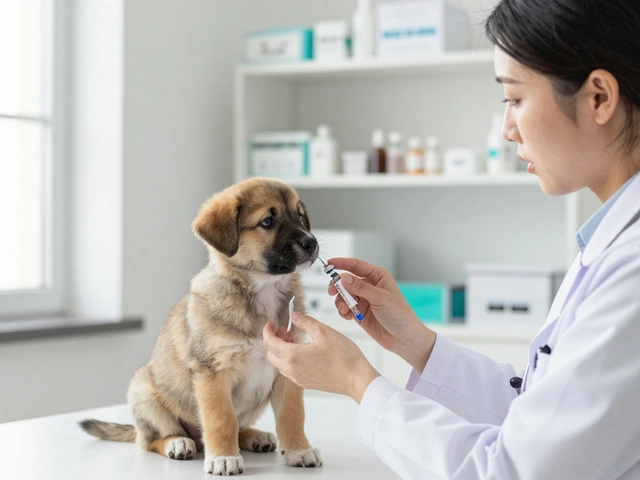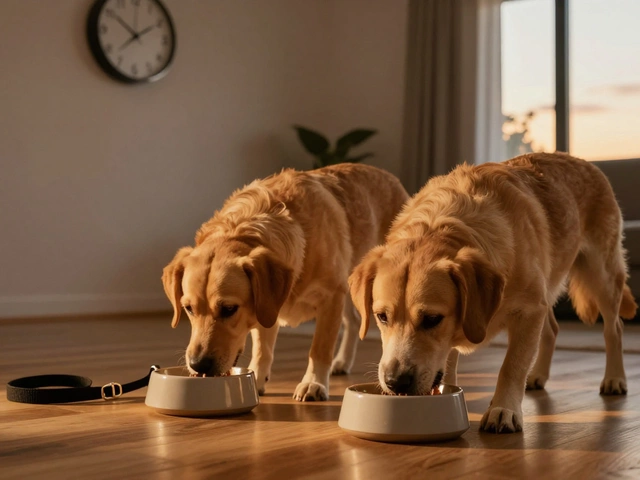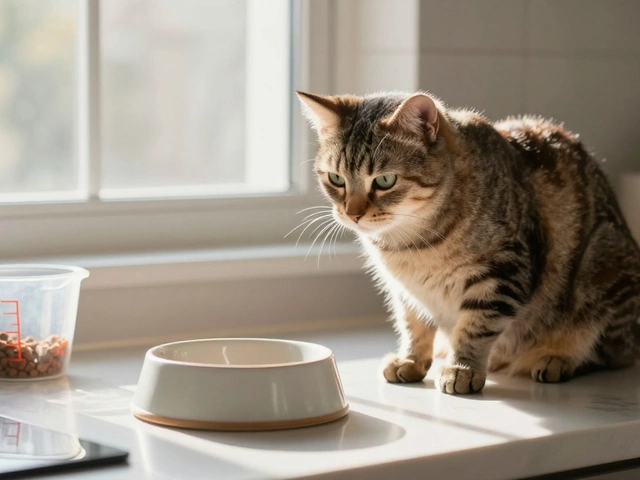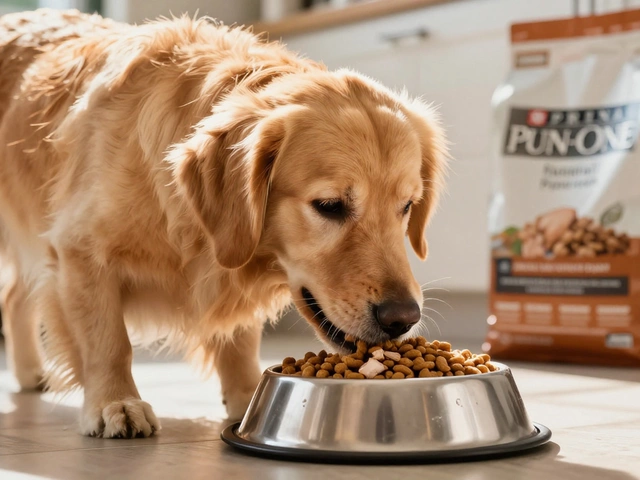Feeding Dogs Made Easy: What Every Owner Should Know
Ever stared at a bag of kibble and wondered if you’re really doing right by your dog? You’re not alone. Feeding dogs sounds simple, but the right choices can boost energy, keep the coat shiny, and dodge health problems.
First off, think of your dog’s life stage. Puppies need more protein and calories because they’re growing fast. Adult dogs stay steady, while seniors often need lower calories and joint‑supporting nutrients. Knowing where your pup fits helps you pick the right formula.
Pick the Right Food: Kibble, Wet, or Mix?
Most owners reach for dry kibble because it’s cheap and easy. Good kibble should list a quality animal protein first, have minimal fillers, and include wholesome carbs like sweet potato or brown rice. If your dog loves the texture of wet food, that’s fine too—just choose a brand that matches the same protein source as the kibble you use.
Mixing wet and dry can give the best of both worlds: the crunch that helps clean teeth plus the moisture that keeps kidneys happy. When you blend, keep the total calories in check so your dog doesn’t overeat.
Portion Sizes and Feeding Schedule
Read the feeding guide on the bag, but treat it as a starting point. Adjust based on your dog’s activity level, breed, and metabolism. A quick way to check is to feel the ribs—if they’re easy to feel but not sticking out, you’re probably on target.
Most dogs do best with two meals a day: breakfast and dinner. This keeps energy steady and helps prevent bathroom accidents at night. Puppies may need three to four smaller meals because they burn through calories fast.
Use a measuring cup to avoid guesswork. And if you’re switching foods, do it over 5–7 days: mix a little of the new food with the old, slowly increasing the new portion. This eases digestion and stops tummy upsets.
Treats are a fun part of bonding, but they can add up fast. Keep treats to less than 10% of daily calories. Choose low‑calorie options like carrot sticks or commercial treats listed as “training treats.”
Some human foods are safe and even beneficial: plain cooked chicken, brown rice, and pumpkin can soothe an upset stomach. Avoid grapes, raisins, onions, chocolate, and anything sweetened with xylitol—those are toxic.
Water is the unsung hero. Always have fresh water available, especially if you feed dry kibble. A dog that drinks enough water will have shinier skin and better digestion.
Finally, keep an eye on your dog’s weight. A quick visual check: you should see a defined waist when viewed from above and feel a slight tuck behind the ribs. If your pup looks bulky, trim the portions a bit; if they look skinny, add a small amount of healthy food.
Feeding dogs doesn’t have to be a mystery. Pick a quality food that matches your pet’s age, measure portions, stick to a routine, and sprinkle in safe treats. Follow these basics, and you’ll see a happier, healthier tail wag every day.
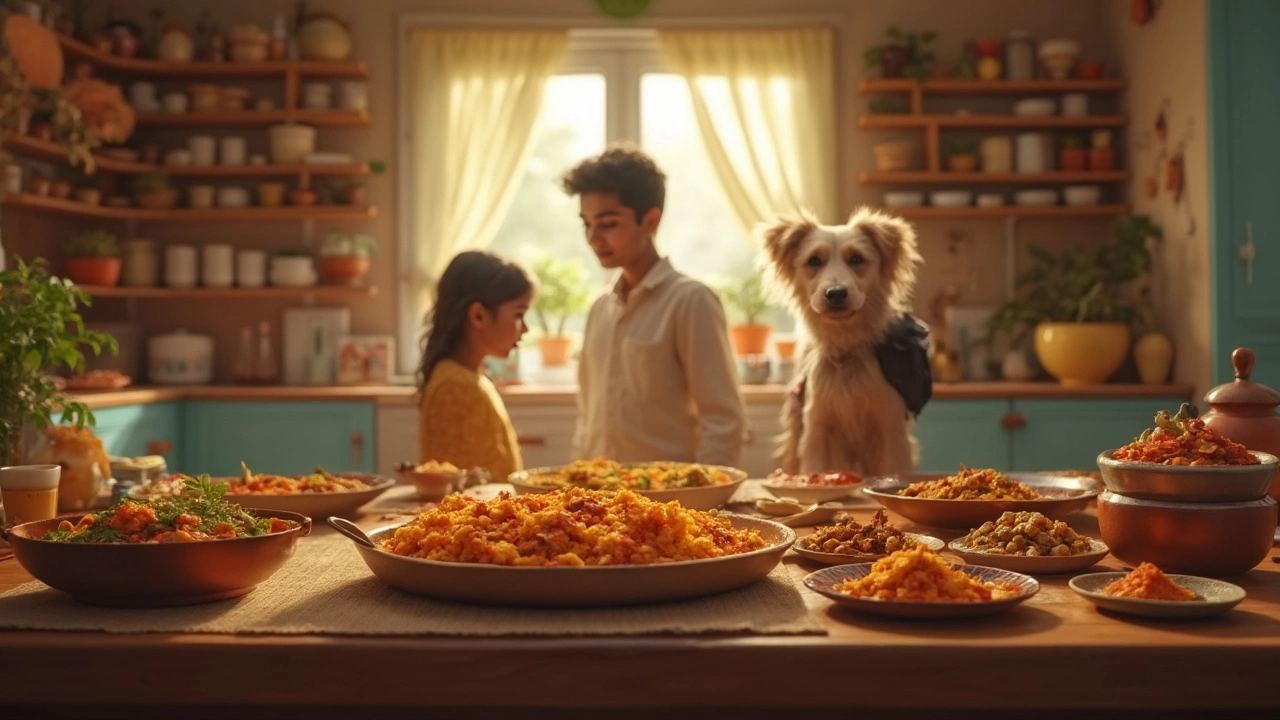
Can I Feed My Dog Human Food Instead of Dog Food?
Feeding your dog human food can be tempting, but is it healthy? This article explores the pros and cons of replacing dog food with human food for your pet. Dive into what's safe and what's not, and get tips to ensure your furry friend stays healthy and happy. Learn from real-world experiences and get informed about portion control and potential health risks.
read more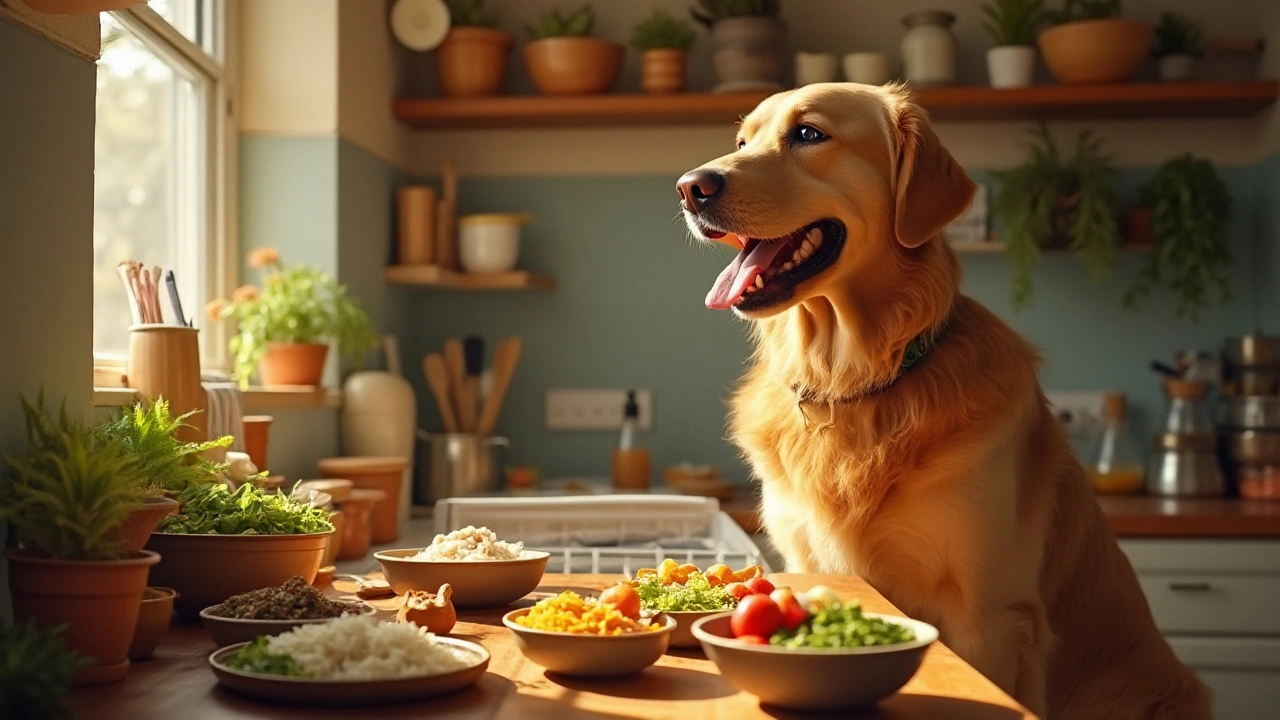
Choosing the Best Nutrition for Your Furry Friend: Dog Food Tips
Choosing the best food for your dog can feel like navigating a labyrinth of options. Whether you have a playful pup or a wise senior dog, their nutritional needs are unique and essential for their overall well-being. Understanding the benefits of various diets, from commercial brands to homemade mixtures, can set the stage for a healthier, happier pet. Dive into tips and insights to optimize your dog's diet sustainably.
read more